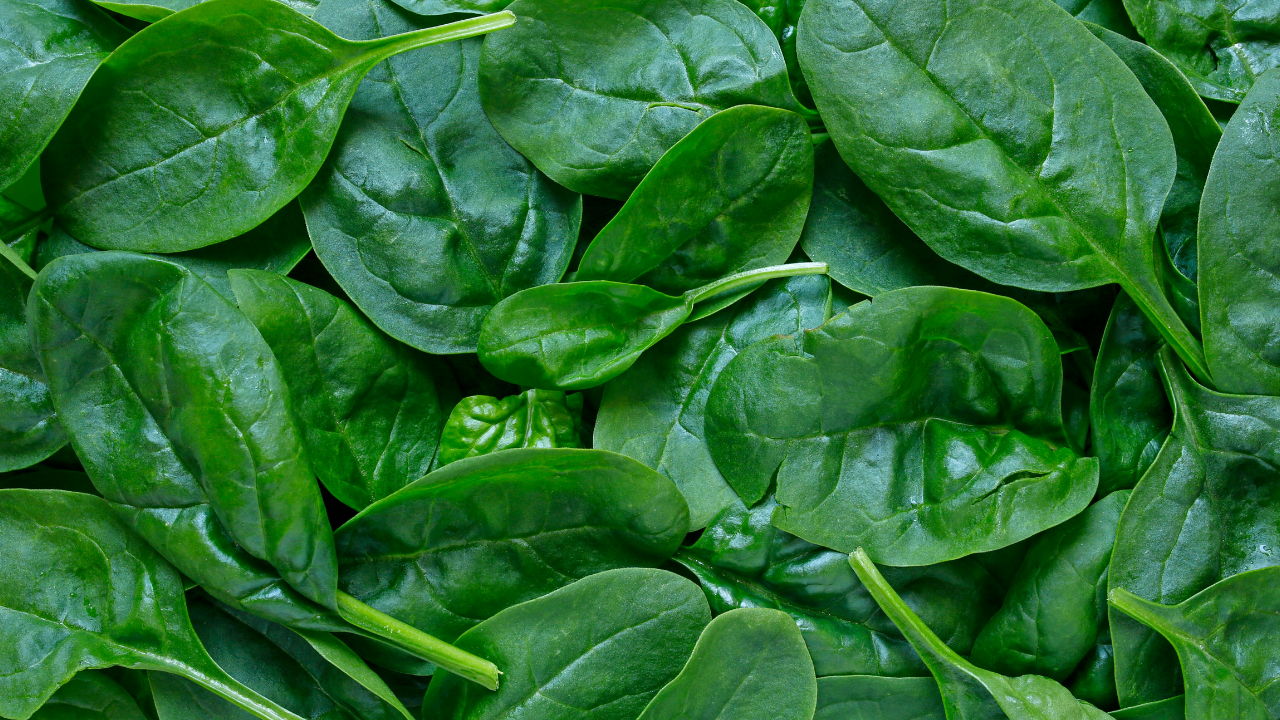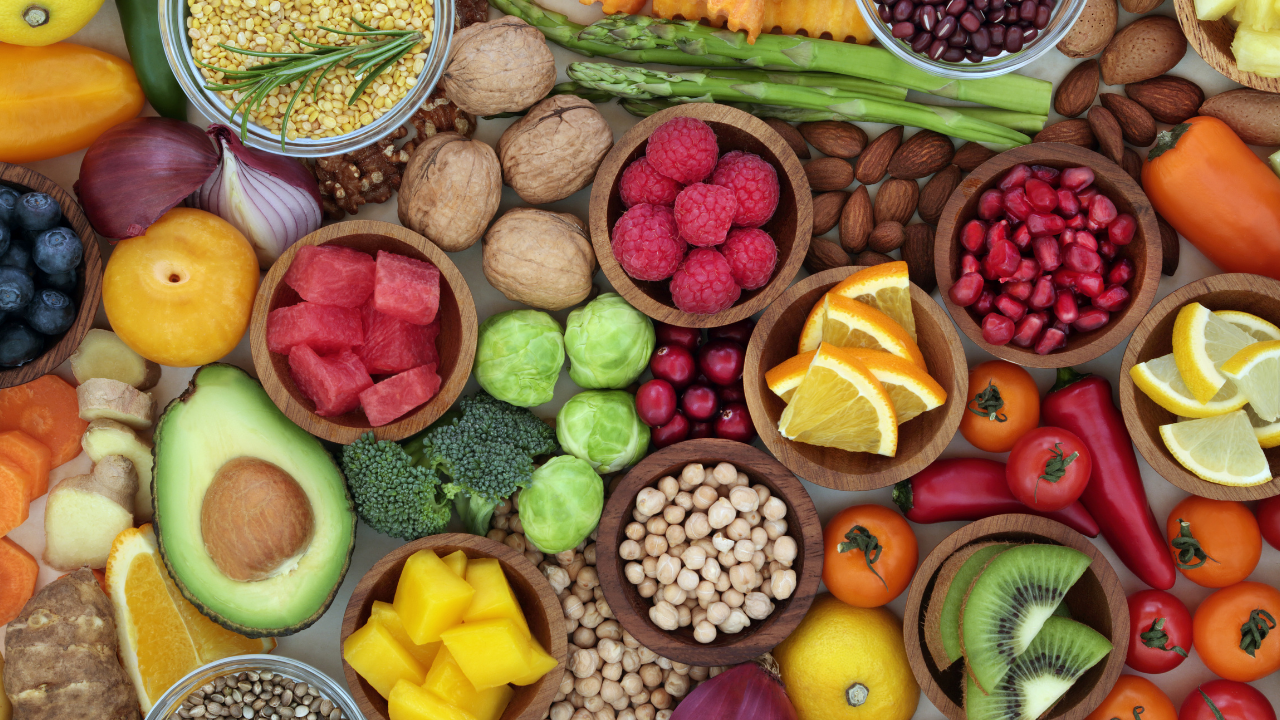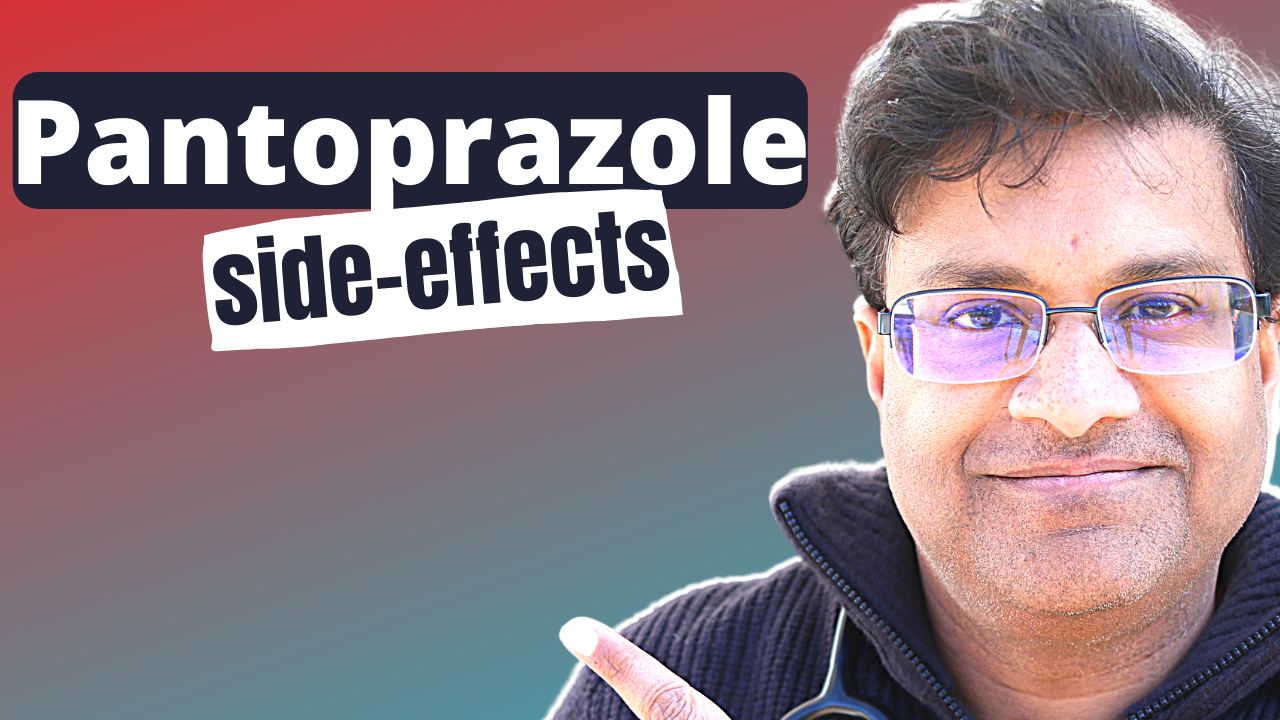What is high blood pressure?
Imagine a Garden hose with water flowing through the hose. The analogy would be your blood flowing through your blood vessels. If someone were to step on the garden hose right about there.
What would happen?
Yes, it would take longer for water to flow, but secondly there would be a higher pressure in your blood vessels. This is what happens when your blood vessels get calcified and harden because of advanced age, high blood pressure, DM, kidney disease.
Blood pressure is the force your heart uses to pump your blood around your body. Naturally, if there was narrowing of the garden hose (blood vessels) your blood pressure would rise and your heart would need increased force to pump blood around your body. If you have high blood pressure you are at an increased risk for heart disease, heart attack, strokes and kidney disease.
What do your blood pressure numbers mean?
You go to your doctor’s office and your health care provider says your blood pressure is 140 over 80. The top number is the pressure inside your arteries when your heart is pumping blood out. This is also referred to as systolic blood pressure. The bottom number is the pressure inside your arteries when your heart is resting between heart contractions. (When your heart is relaxing). This is also known as diastolic blood pressure.
What is a normal blood pressure?
An ideal blood pressure would be 120 over 80. A normal blood pressure would be your top number being 119 or below and your bottom number being 79 or below. The term elevated blood pressure means that you do not have high blood pressure, but is a warning used by your health care provider indicating that you are at risk. High blood pressure would be if the top number is 130 or above and the bottom number is 80 or above.
5 Foods which can reduce blood pressure naturally!
1) Fish such as salmon, herring, tuna or mackerel have positive cardiovascular and blood pressure lowering effects. They are a very good source of omega 3 fatty acids. Omega 3 fatty acids are able to lower blood pressure because of their anti-inflammatory properties.
This study showed that the higher your omega 3 index was the lower your systolic and diastolic blood pressure readings were. For example Japan has high fish consumption with an omega 3 index between 9-11%.They are also are country with one of the highest life expectancy and lowest rates of coronary artery disease.
2) Potassium rich foods can help reduce your blood pressure. The reason for this is potassium reduces the effects of sodium. If you ingest too much sodium, sodium holds onto water and your blood pressure increases.
If you ingest more potassium, it helps you pee more sodium in your urine. Potassium also helps to ease tension in your blood vessel walls, which helps further lower blood pressure. Potassium also helps relaxes your arteries, thus indirectly helping with blood flow in your body.
The recommended daily intake of potassium according to the National institute of Health for men is 3,400mg/d and for women 2,600mg/d.These numbers are less than what was previously recommended which was 4700mg per by the NIH.For example one standard potion cup of cooked spinach would be 839mg of potassium, one medium potato baked with skin would be around 926mg of potassium.
Some other examples of potassium rich food are: mushrooms, tomatoes, leafy greens, peas, beans, bananas and avocados. Please note: too much potassium can also be harmful so consult with your Doctor before going on a high potassium diet or if you take potassium supplements in particular if you have kidney disease or are on drugs which can increase your potassium such as ACE-I, ARBS or Spironolactone.
3) Magnesium rich foods can also lower your blood pressure. If you take in adequate magnesium your body makes a molecule called nitric oxide which helps relaxes your blood vessels. This helps with blood flow in your arteries, but more importantly helps reduce your blood pressure. Moreover, magnesium is involved in multiple chemical reactions in your body.
Examples of good magnesium sources are pumpkin seeds, dark chocolate, black beans, nuts such as almonds and cashews, boiled spinach, or salmon. Recommended daily intake according to the NIH is for men 400-420mg and for women 310-320 mg.For example one cup of cashew nuts dry and roasted would be around 356mg magnesium , one cup of raw black beans is 332mg of magnesium.
4) High fiber foods have been shown to lower blood pressure and inflammation. Sources of fiber can be vegetables such as spinach or broccoli, fruits such as pears, apples or bananas, grains such as cooked brown rice or cooked barley or cereals such as shredded wheat or cooked oatmeal. Not only is fiber a heart health food, it fills you up, therefore you eat less and helps you lose weight.So that you get the idea here are examples of fiber: raspberries which have about 4g of fiber for a standard portion which would be the size of your fist or lentils cooked which would be 3.9g for a ¼ cup.
5) There is some observational study evidence to show that calcium rich food may help with lowering blood pressure. Calcium in your body has two roles. It helps tighten your blood vessels as well as relax blood vessels. Of note high intake of calcium supplements has been associated with increased cardiovascular risk. Therefore food I would recommend would be food types which are also rich in the other minerals I mentioned earlier such as cooked spinach, cooked kale. Would recommend low or non-fat Yogurt or low-fat Greek yogurt as calcium sources.
You might also interested in the YouTube video discussing the above, click right here.Have a good day and Think your health.
Sources:
-
https://www.ncbi.nlm.nih.gov/pmc/articles/PMC6085127/
-
https://pubmed.ncbi.nlm.nih.gov/21205024/
-
https://www.ncbi.nlm.nih.gov/pmc/articles/PMC4857880/
-
https://www.fda.gov/drugs/special-features/high-blood-pressure-understanding-silent-killer
-
https://share.upmc.com/2018/09/what-is-vascular-calcification/
-
https://www.heart.org/en/health-topics/high-blood-pressure/understanding-blood-pressure-readings
-
https://www.heart.org/en/health-topics/high-blood-pressure/changes-you-can-make-to-manage-high-blood-pressure/how-potassium-can-help-control-high-blood-pressure
-
https://www.healthline.com/nutrition/10-foods-high-in-magnesium
-
https://ods.od.nih.gov/factsheets/Potassium-Consumer/
-
10https://www.dietaryguidelines.gov/food-sources-potassium
-
https://www.ars.usda.gov/ARSUserFiles/80400530/pdf/DBrief/10_potassium_intake_0910.pdf
-
https://www.health.harvard.edu/heart-health/key-minerals-to-help-control-blood-pressure
-
https://www.uptodate.com/contents/diet-in-the-treatment-and-prevention-of-hypertension?search=magnesium%20and%20high%20blood%20pressure&source=search_result&selectedTitle=1~150&usage_type=default&display_rank=1#H1829544526
-
https://ods.od.nih.gov/pubs/usdandb/Magnesium-Content.pdf
-
https://www.health.harvard.edu/heart-health/eat-more-fiber-rich-foods-to-foster-heart-health
-
https://www.dietaryguidelines.gov/food-sources-calcium
-
https://pubmed.ncbi.nlm.nih.gov/15716684/
-
https://pubmed.ncbi.nlm.nih.gov/29153856/
-
https://pubmed.ncbi.nlm.nih.gov/15668359/
-
https://pubmed.ncbi.nlm.nih.gov/10601943/




